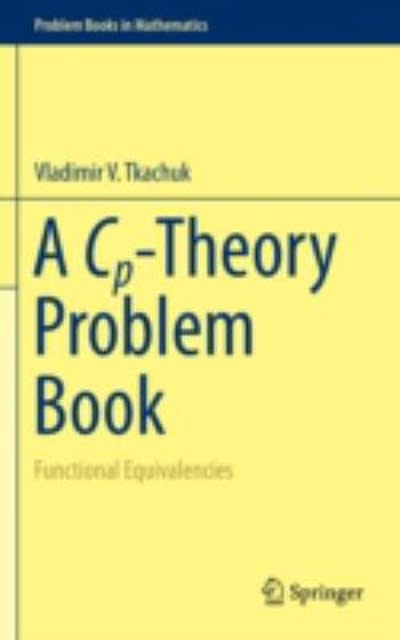Question
Loftus and Palmer (1974) wanted to test the hypothesis that the language used when questioning an eyewitness could actually change the memories of the witness
Loftus and Palmer (1974) wanted to test the hypothesis that the language used when questioning an eyewitness could actually change the memories of the witness (so-called "leading questions"). To test this, they had participants watch video recordings of car crashes, and then asked them to estimate how fast the vehicles were going.The manipulated variable was the verb used in the questions, words like "smashed" or "hit". Participants estimated faster driving speeds with the word "smashed" than with the word "hit". The researchers also recorded whether participants remembered seeing broken glass. If the word used in the questions didn't affect memory (the null), the number of people who remembered seeing broken glass would be expected to be equal in the "smashed" and the "hit" conditions. We're going to conduct a chi-square test to see if the observed frequencies of people who remembered seeing broken glass (presented below) are different from the null. Start by filling in the expected frequencies.
- How many variables are there in this example? How many levels of any variables are there?
- What kind of chi-square test should you use (goodness of fit or test of independence)?
- What are the null and research hypotheses?
- Calculate the chi-square obtained statistic.
- What is the degrees of freedom and the chi-square critical value if alpha = .05?
Step by Step Solution
There are 3 Steps involved in it
Step: 1

Get Instant Access to Expert-Tailored Solutions
See step-by-step solutions with expert insights and AI powered tools for academic success
Step: 2

Step: 3

Ace Your Homework with AI
Get the answers you need in no time with our AI-driven, step-by-step assistance
Get Started


